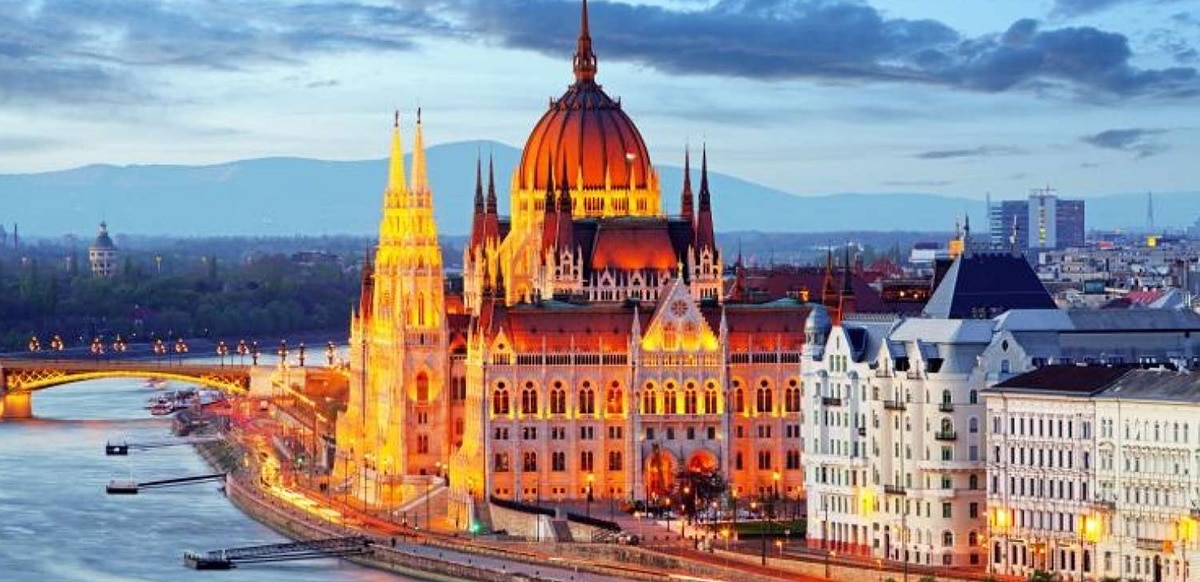
Hungary It may be a small country but it has many places that the UNESCO consider worthy of being World Heritage. When this pandemic passes and we can reschedule trips, how about visiting Hungary?
On the UNESCO list are a wine growing region, an old abbey, enchanted grazing plains, Budapest, a Christian necropolis and grottoes buried in the earth that look like a fairy tale.
World Heritage Sites in Hungary

Let's start our tour of the capital of Hungary, the lovely Budapest. This city has Celtic and later Roman origins, coming to be occupied by the Hungarians in the XNUMXth century. Then came the Mongols and the Ottomans, the revolutions, the Soviets ... All that has left its mark.
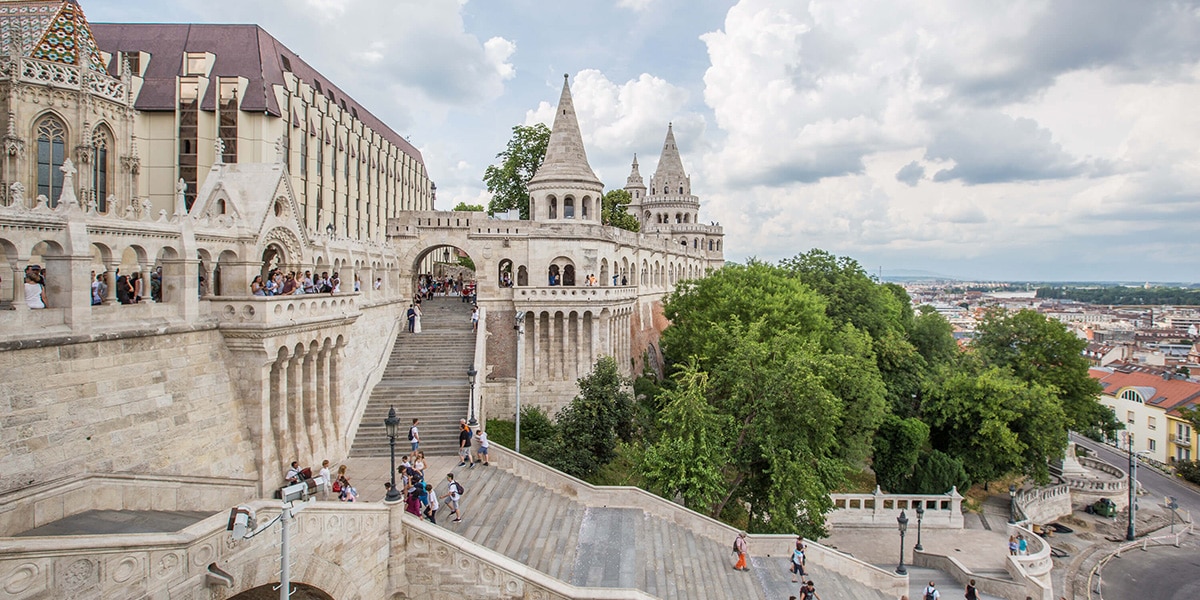
Speaking of the UNESCO list in Budapest, the area that is World Heritage runs from the Margaret Bridge to the Freedom Bridge. Here is what visit Buda Castle, the banks of the Danube and Andrássy Avenue. All three are included on the Danube coastal postcard.
El Buda Castle o Buda Castle, is the historic royal house. Have a late gothic style and it was built in the XNUMXth century, on a hill that today is in the medieval neighborhood that is part of the valuable heritage.
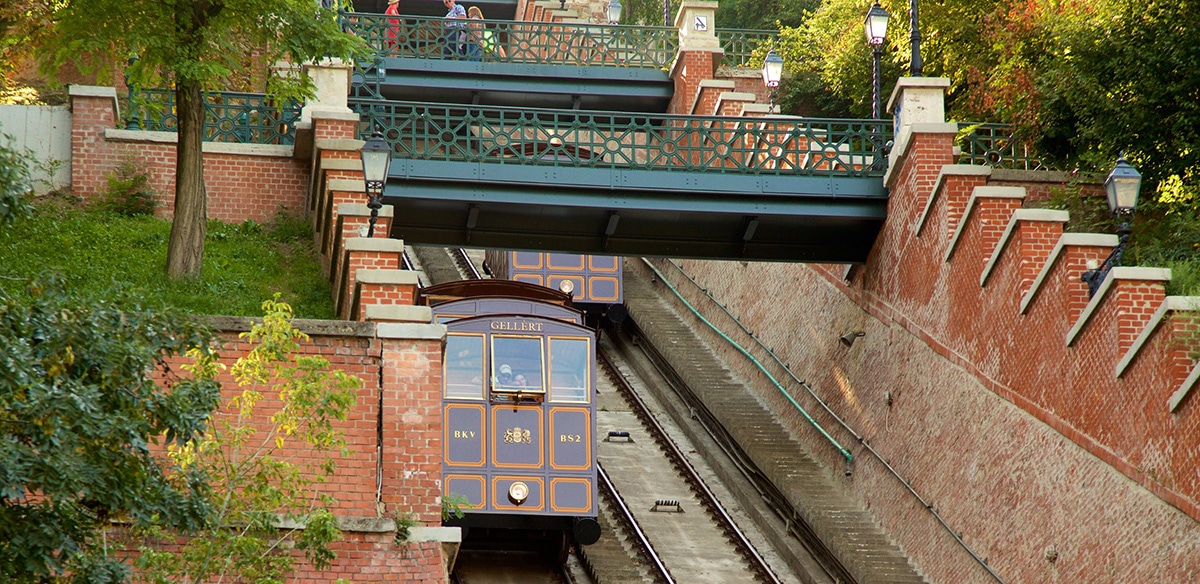
Up to the fortress you get to the funicularAt the moment the service has been suspended but will resume next month. The building fulfills a cultural function and has undergone several transformations over time. While there are some medieval details in the citadel at your feetThe truth is that baroque-style constructions abound. It is necessary to underline the existence of old medieval niches through which wine producers sold their product and which have reached the present day.

La Matías Church, symbol of the city, it is in the heart of the neighborhood. Dates from thirteenth century and it was also a mosque in the time of the Turks. Today it has a neo-Gothic style, but it was only adopted in the XNUMXth century. It has two towers of different heights and beautiful tiled tiles. The highest tower is precisely what they call the Matías tower and you can climb up to its top by spiral staircase.
Inside the church are many exquisite works of art, ceramics and stained glass. It is a very visited place in Budapest so you cannot miss it. And if you want to go for a walk, because in the mountains there are caves and tunnels to get lost for a while.
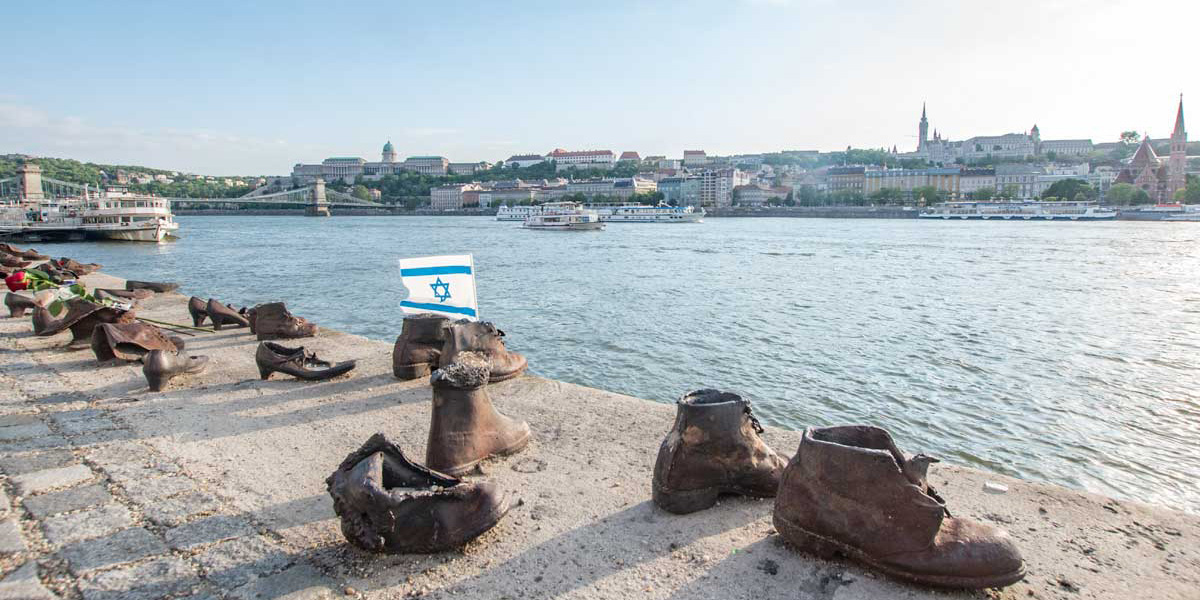
To the list we add the Danube coast. Here my advice is that you walk along the river bank and get to Dune-korzó, a part located between the Lánchid Bridge and the Isabel Bridge. This is where the holocaust memorial: 60 pairs of shoes for women, men and children that remember the victims, those who resisted, the Jewish martyrs.
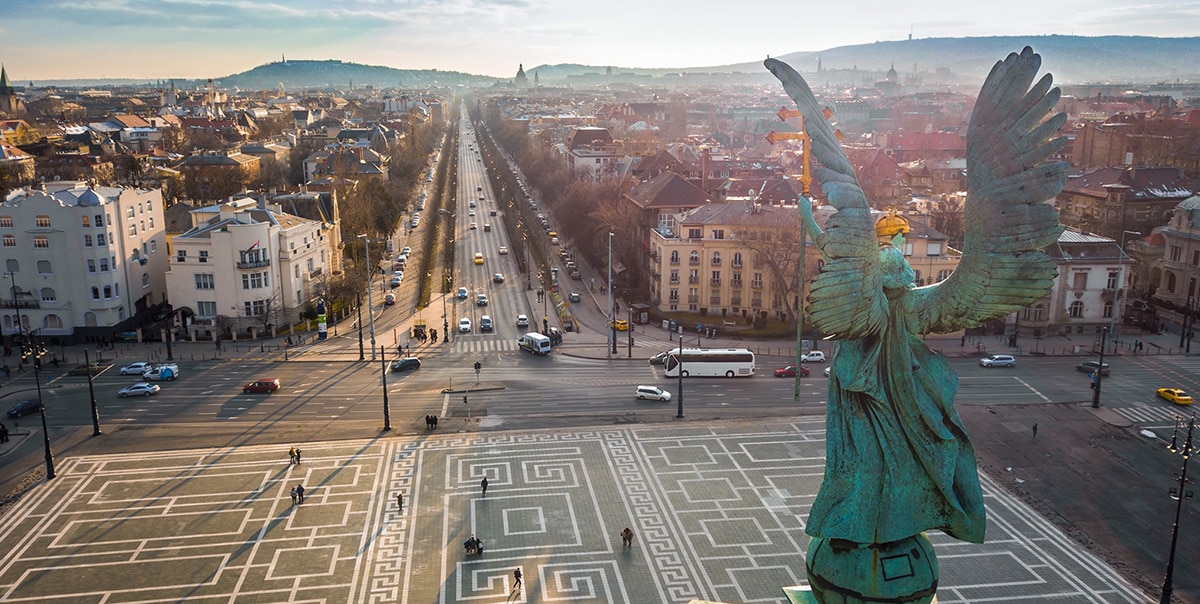
Finally, in Budapest, you have to stroll down Andrássy Avenue. The avenue dates from the XNUMXth century, a century of urban reforms throughout Europe. Inspired by Paris, its designer, Count Gyula Andrássy, shaped a elegant and somewhat pompous street, paved at first with wooden pavers with gardens and shops. Here is the State Opera, the Paris Department Store and the Hopp Ferenc Oriental Museum.
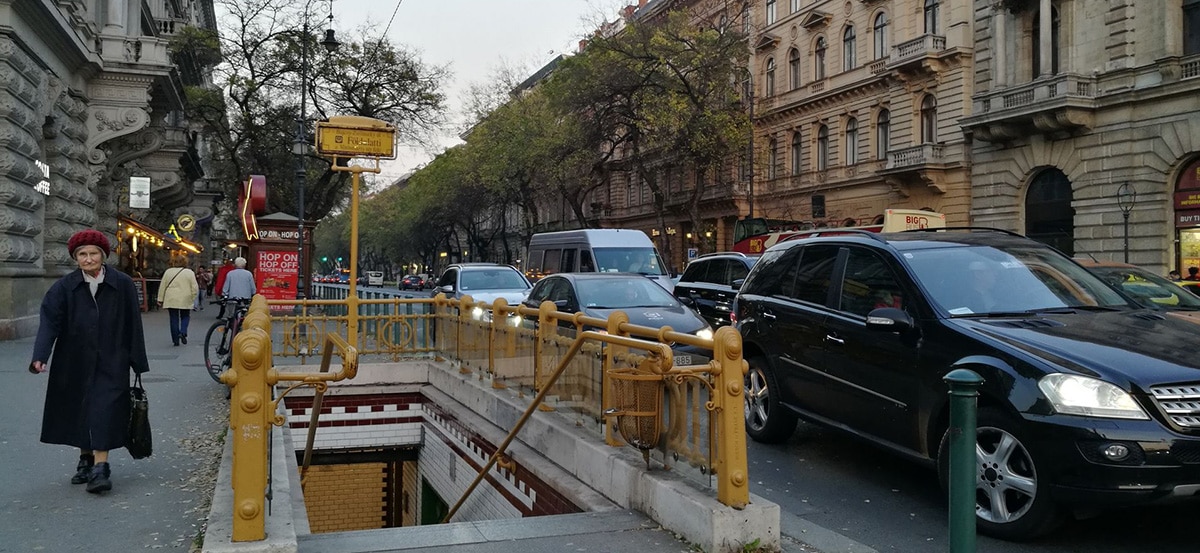
The street is divided into three parts and underneath runs the oldest metro on the European continent with elegant stations that you also have to know. A walk, some shopping, a coffee and a ride on the subway and you can take the walk for granted.
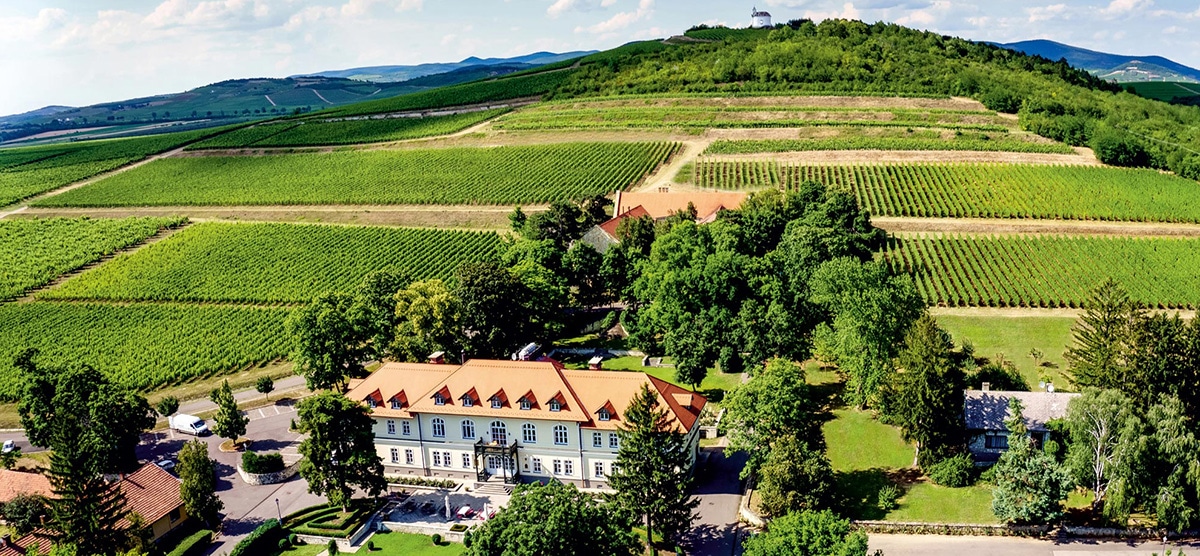
Leaving Budapest we traveled to the Hungarian wine growing region, Tokaj. Here landscapes meet culture. Tokaj in the northeast of the country, is at the foot of the Zemplén mountain range, at the junction of the Tisza and Bodrog rivers. The full name of the wine region is Tokaj-Hegyalja00 and it took shape in 1737 with 27 settlements dedicated to the vine. The volcanic soil, the climate, it all helps make the wines great.
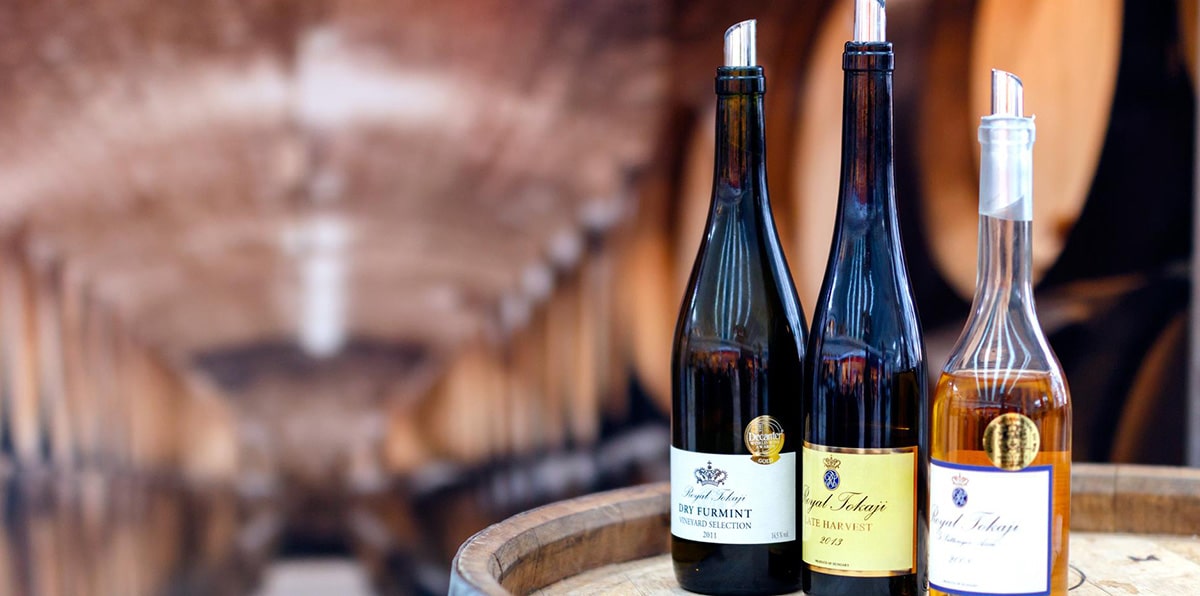
What kind of wine is it? Here a very exquisite sweet wine and exclusive. They say that Louis XV called him «kings wine«. The good thing is that you can visit the vineyards, the wineriesYes, do tastings or pay for luxury dinners and take a souvenir with you.
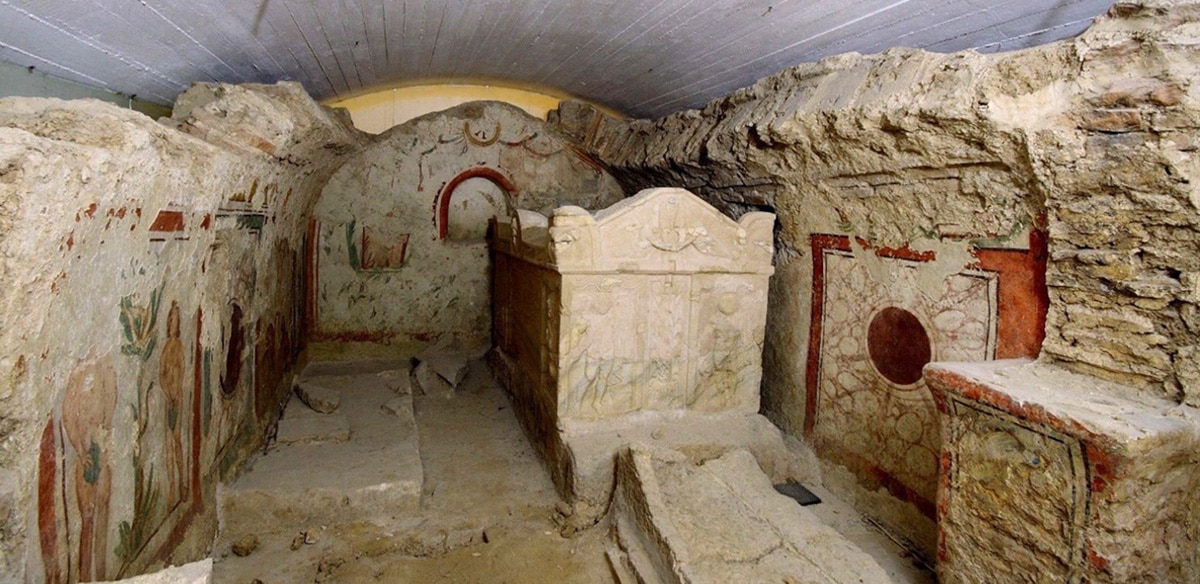
On the other hand, there is the old Christian necropolis of Pécs, ancient Sopianae. It has Roman origins and dates from the XNUMXnd century. It was an important provincial capital in the XNUMXth century and the necropolis dates from late Roman and early Christian times. There are hundreds of tombs, chapels and massive crypts. If you like art and architecture, it is an interesting place because it is the European cemetery in which an interesting number of buildings with walls with original period decorations are preserved.
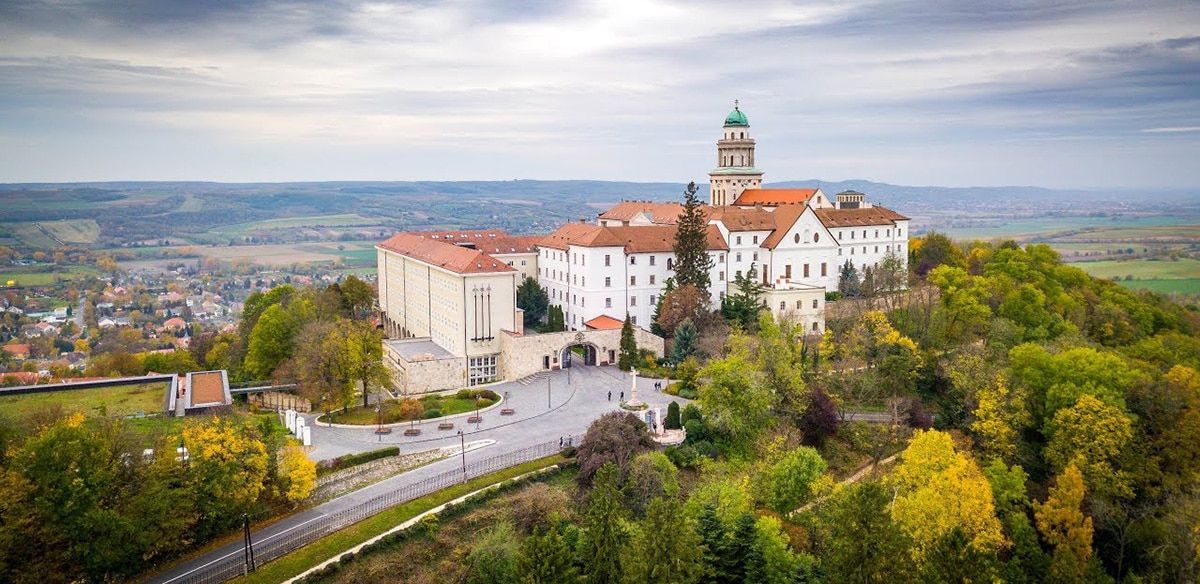
Another of Hungary's World Heritage Sites is the Pannohalma Abbey, Northern Hungary, in the Pannon region. It is an ancient abbey of great cultural value. It was founded in 996 by the Benedictine monks in honor of San Martín. It has a beautiful garden, a herbarium, a vineyard, a wine bar, a tea room and restaurant and a hostel. The monastic community is still in force.
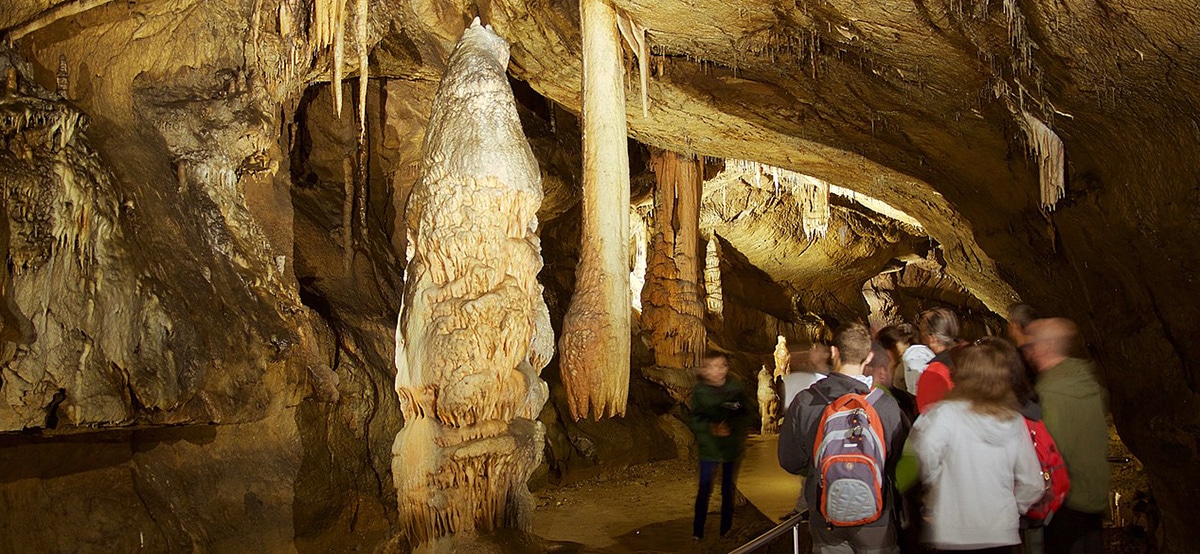
Finally, the Aggtelek caves of karst origin. The area is very rich from a paleontological, geological and biological point of view and spread between Hungary and Slovenia. Bill Hiking It is the order of the day and the toughest hikes can easily last seven hours. But as for caves, the Baradla Cave it is more than two million years old and 26 kilometers long. It is huge, full of stalagmites, the most popular are Tongue of Mother-in-law, Hall of the Giants, Hall of Columns or Dragon Head, although it is not the only one, there are about 1200 more caves.
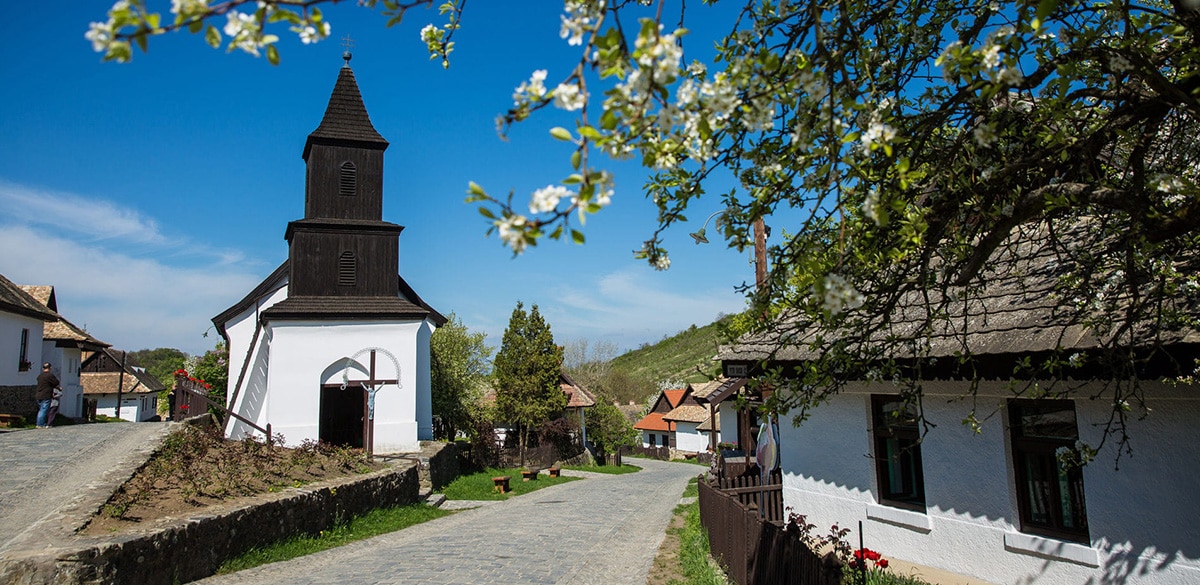
Holloko is an old town, in the north of the country. Is good rural medieval, with white walls, porch, arranged in a plane that leads to the wooden tower church. There are 67 houses that are heritage, still inhabited, either converted into museums or handicraft workshops that receive tourists. It is a folkloric place, with its own dialect, its own cuisine and its own clothes.
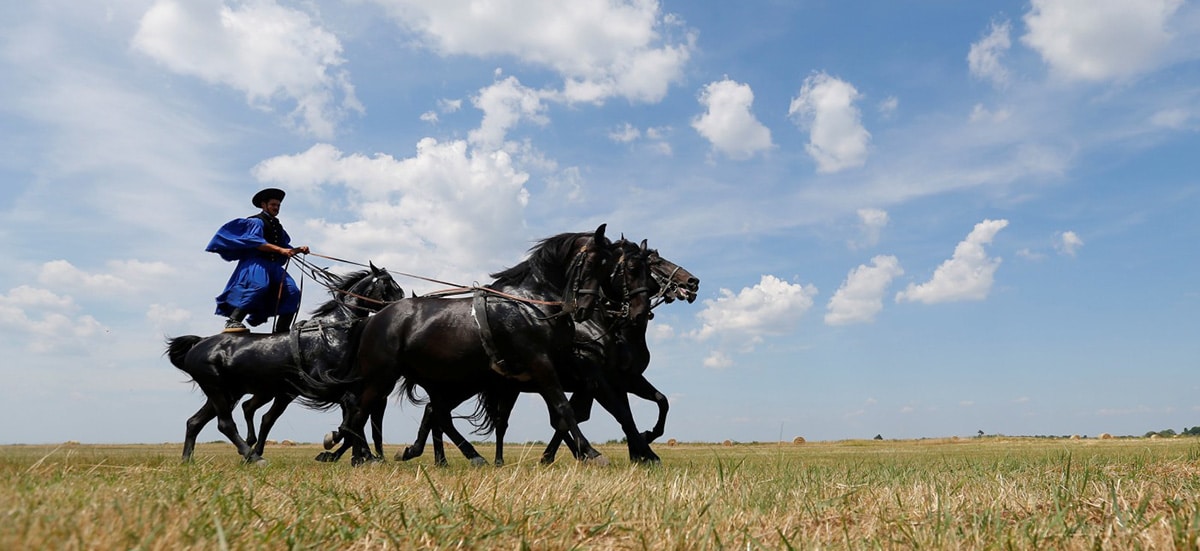
And filially, the Hortobagy region, land of vast grasslands. The cattle graze here calmly, there are horsemen, sheep, traditional inns to spend the night and eat and enjoy the immeasurable view of the largest meadows in Europe. If you go in autumn it is best not to miss the migration of the crane, flocks and flocks crossing the sky.
These are the Hungary World Heritage. Beautiful.